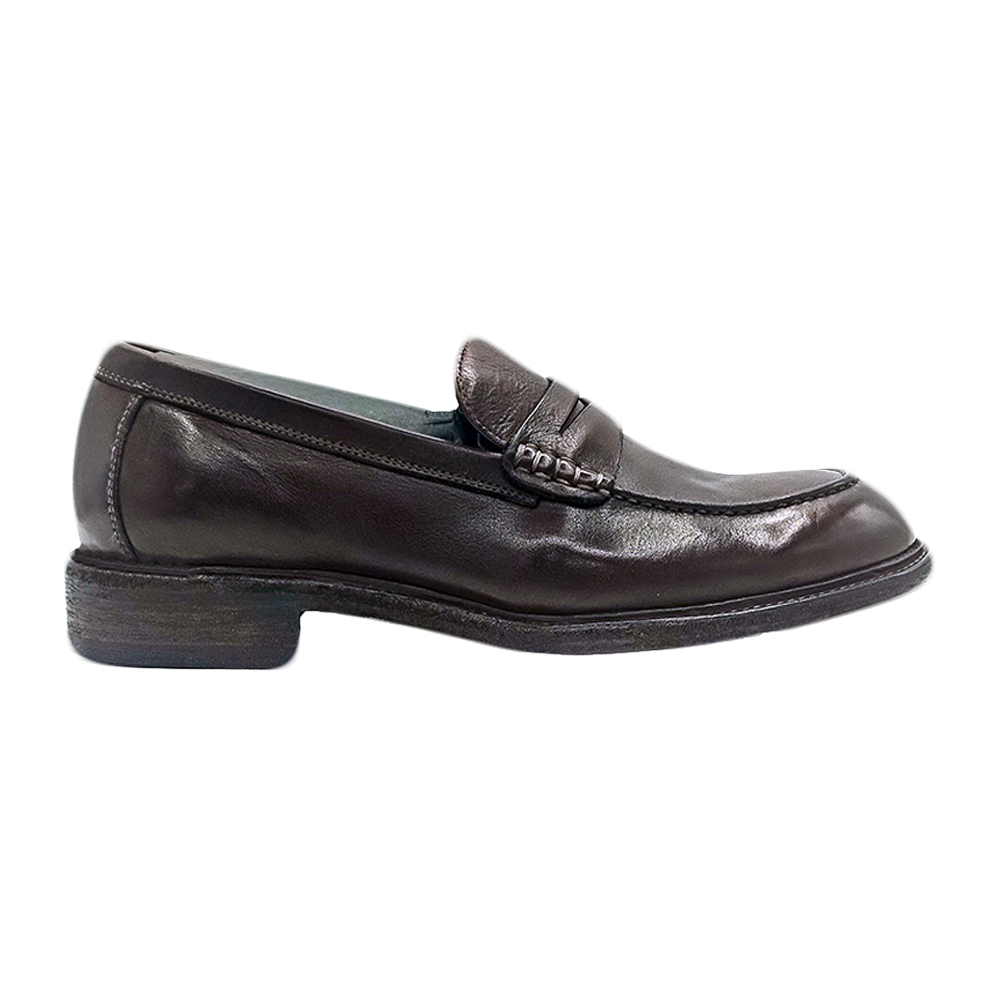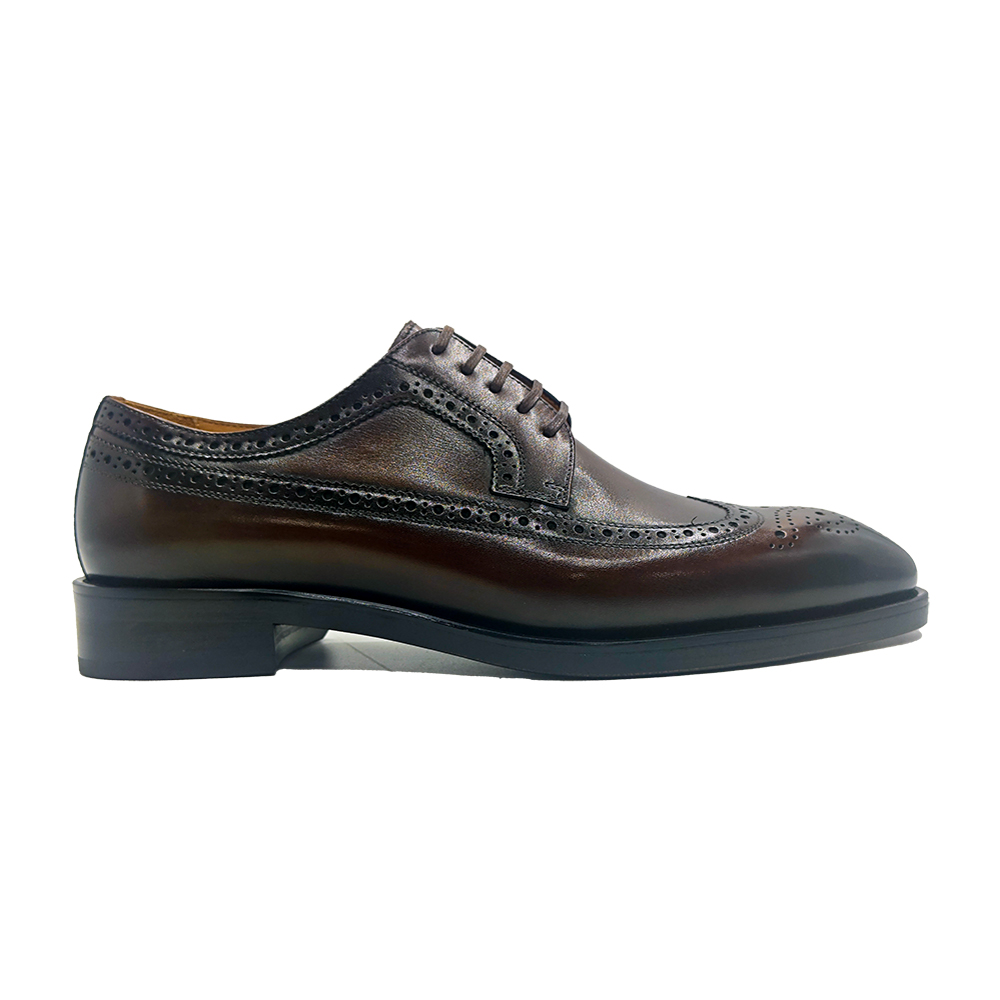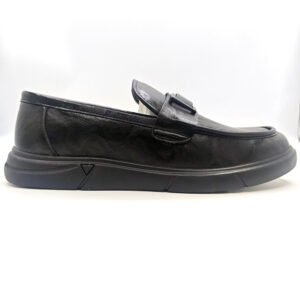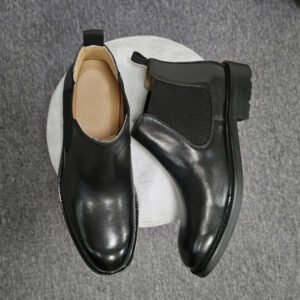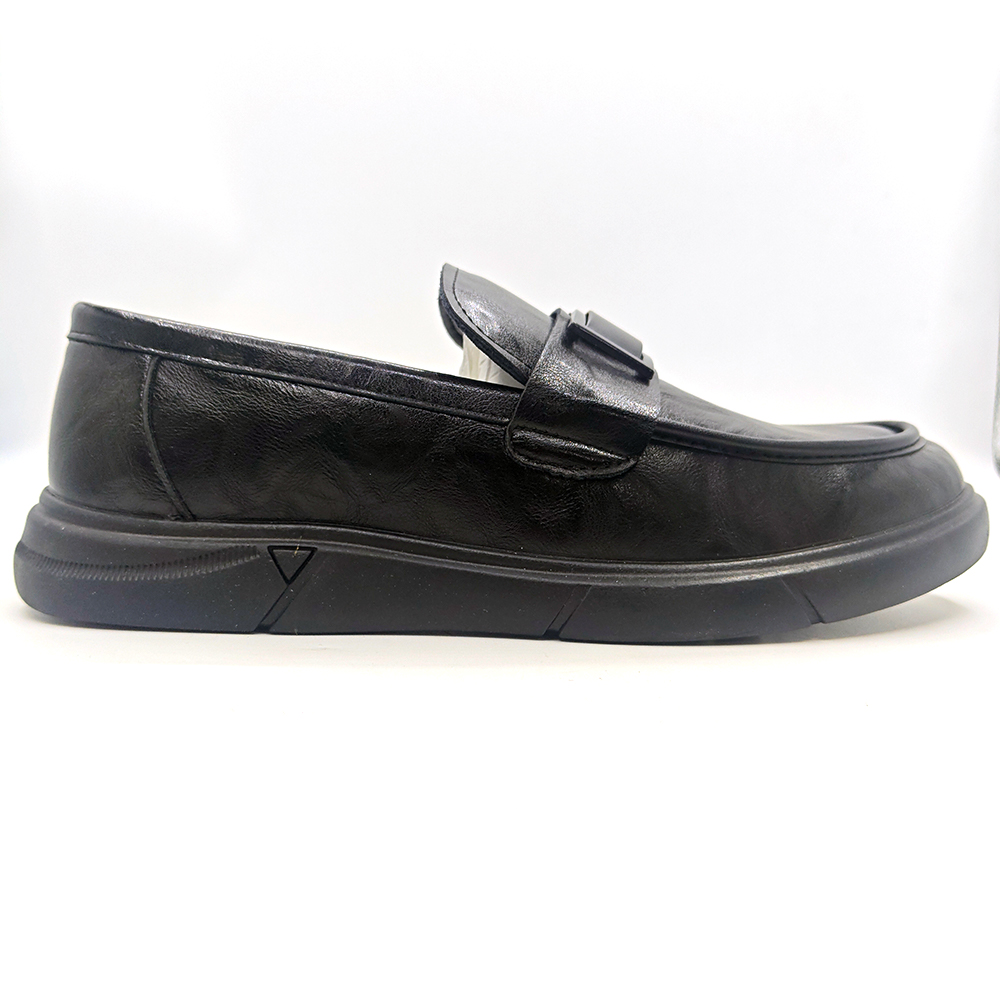Last Updated on 2025-09-06 by Topmenz Shoes
Goodyear shoes are revered for their durability, craftsmanship, and timeless appeal. However, their popularity has led to a surge in counterfeit products that mimic their design but lack the quality. As a factory specializing in Goodyear welted footwear, we’re committed to helping customers distinguish genuine Goodyear shoes from imitations. In this guide, we’ll reveal 8 foolproof methods to identify authentic Goodyear shoes, focusing on construction details, materials, and brand hallmarks.
1. Examine the Welt Stitching on Goodyear Shoes
The Goodyear welt is the defining feature of these shoes. Here’s how to verify it:
1.1 Double-Row Stitching
Authentic Goodyear shoes feature two parallel rows of stitching: one attaching the upper to the welt and another securing the welt to the outsole. Counterfeits often have a single, uneven row or glued seams.
1.2 Hand-Finished Stitches
Genuine Goodyear shoes show slight irregularities in stitch spacing due to hand-guided machinery. Fakes may have overly uniform, machine-pressed stitches.
1.3 Raised, Flexible Welt
The welt on authentic Goodyear shoes is slightly raised and flexible. Fake versions often have flat, rigid welts made of plastic or low-grade rubber.
2. Inspect the Sole Construction of Goodyear Shoes
The sole is a telltale indicator of authenticity:
2.1 Cork Filling
Authentic Goodyear shoes use a cork layer between the insole and outsole. Press the sole—if it feels slightly springy and molds to your foot over time, it’s genuine. Fake soles are often solid foam or rubber.
2.2 Stitched vs. Glued Soles
Real Goodyear shoes have soles stitched to the welt, visible as a thread running along the edge. Fakes often use glue, which may seep out unevenly.
2.3 Branded Outsoles
High-quality outsoles (e.g., Vibram, Dainite) bear logos and precise tread patterns. Counterfeits have blurry or generic designs.
3. Analyze the Leather Quality in Goodyear Shoes
Premium materials set genuine pairs apart:
3.1 Full-Grain Leather
Authentic Goodyear shoes use full-grain leather with natural imperfections like pores and veins. Fakes often use corrected grain or synthetic leather with a plasticky shine.
3.2 Patina Development
Real leather develops a rich patina over time. Fake leather may crack or peel instead of aging gracefully.
3.3 Smell Test
Genuine leather has a distinct, earthy aroma. Synthetic materials emit a chemical or glue-like odor.
-
Rated 0 out of 5
-
Rated 0 out of 5
-
Rated 0 out of 5
-
Rated 0 out of 5
4. Check the Insole and Lining of Goodyear Shoes
Interior details matter:
4.1 Vegetable-Tanned Insoles
Authentic Goodyear shoes use vegetable-tanned leather insoles stamped with the brand logo. Fakes often have faux leather or cardboard insoles.
4.2 Reinforced Heel Counters
Press the heel—genuine pairs have a rigid, molded counter for support. Fake heels may feel flimsy or hollow.
4.3 Breathable Linings
Luxury linings like calfskin or moisture-wicking textiles are used in authentic pairs. Counterfeits may use polyester or rough fabrics.
5. Verify the Branding and Logos on Goodyear Shoes
Brand markings are rarely replicated perfectly:
5.1 Embossed Brand Names
Authentic Goodyear shoes have crisp, deeply embossed logos on the sole, insole, and heel. Fakes often show shallow, blurred engravings.
5.2 Consistent Fonts and Spacing
Compare logos to official brand images. Counterfeits may use incorrect fonts or uneven letter spacing.
5.3 Serial Numbers and Certifications
Luxury Goodyear shoes include a serial number inside the shoe or on the box. Verify it through the brand’s official website.
6. Assess the Weight and Balance of Goodyear Shoes
Craftsmanship affects ergonomics:
6.1 Substantial Weight
Authentic Goodyear shoes feel heavier due to layered leather, cork, and sturdy soles. Fakes are often lightweight from cheap materials.
6.2 Heel-to-Toe Balance
Genuine pairs distribute weight evenly, aiding posture. Counterfeits may tilt awkwardly due to poor construction.
7. Scrutinize the Packaging of Goodyear Shoes
Luxury packaging is hard to mimic:
7.1 Quality Shoeboxes
Authentic Goodyear shoes come in rigid boxes with high-resolution prints, embossed logos, and dust bags. Fakes use flimsy boxes with pixelated artwork.
7.2 Included Documentation
Look for care booklets, authenticity cards, or brand history pamphlets—rarely included with counterfeits.

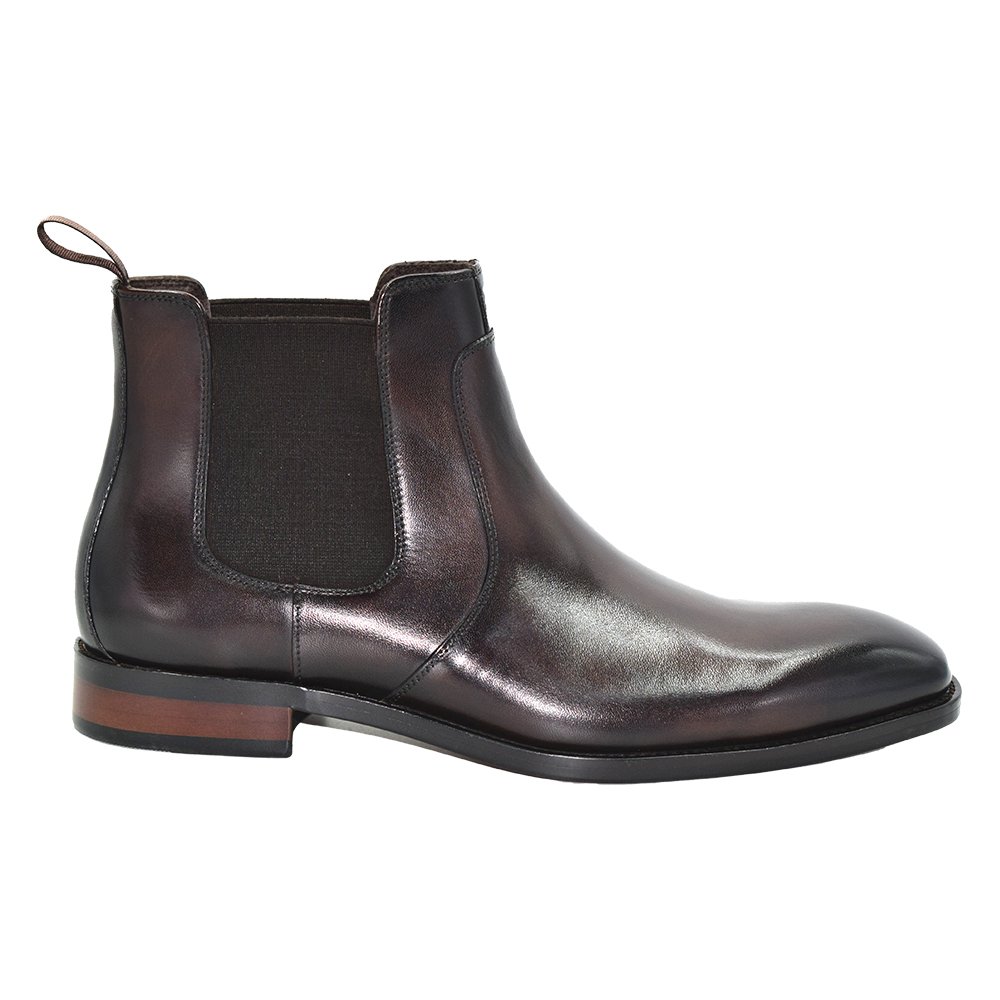
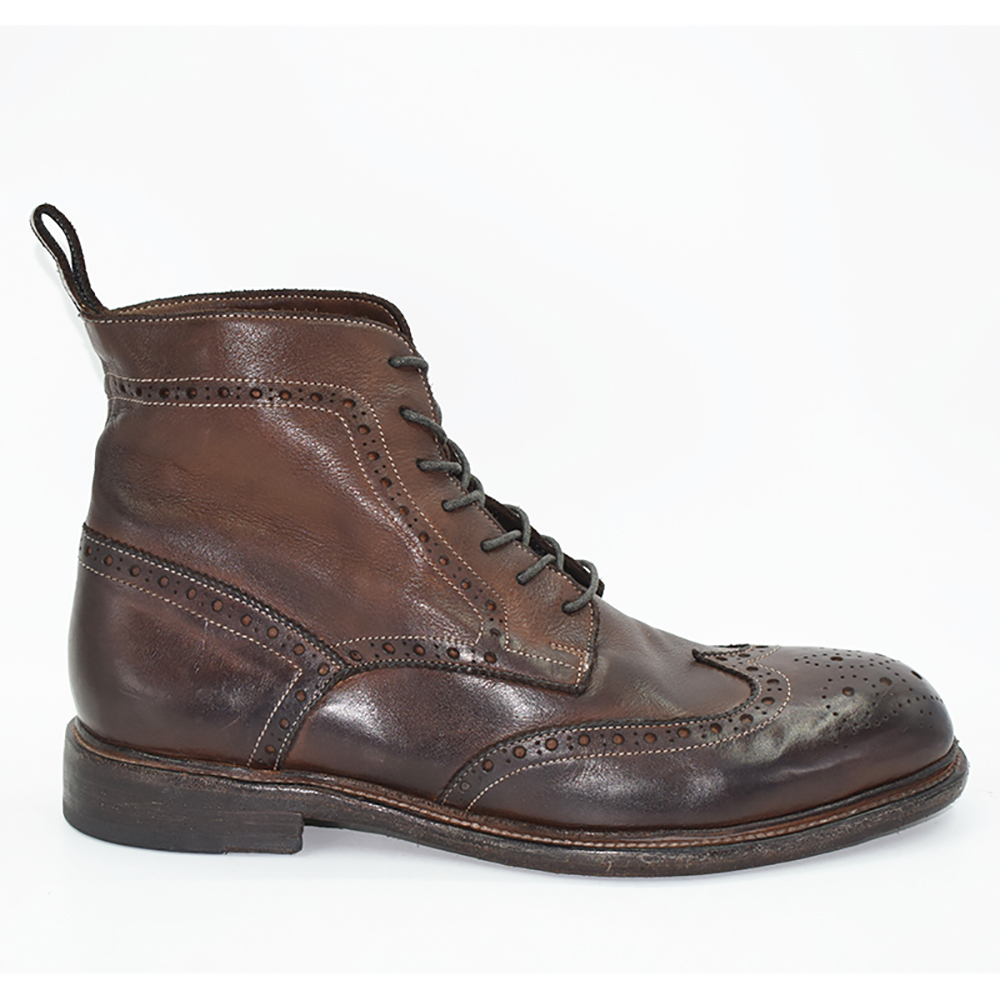
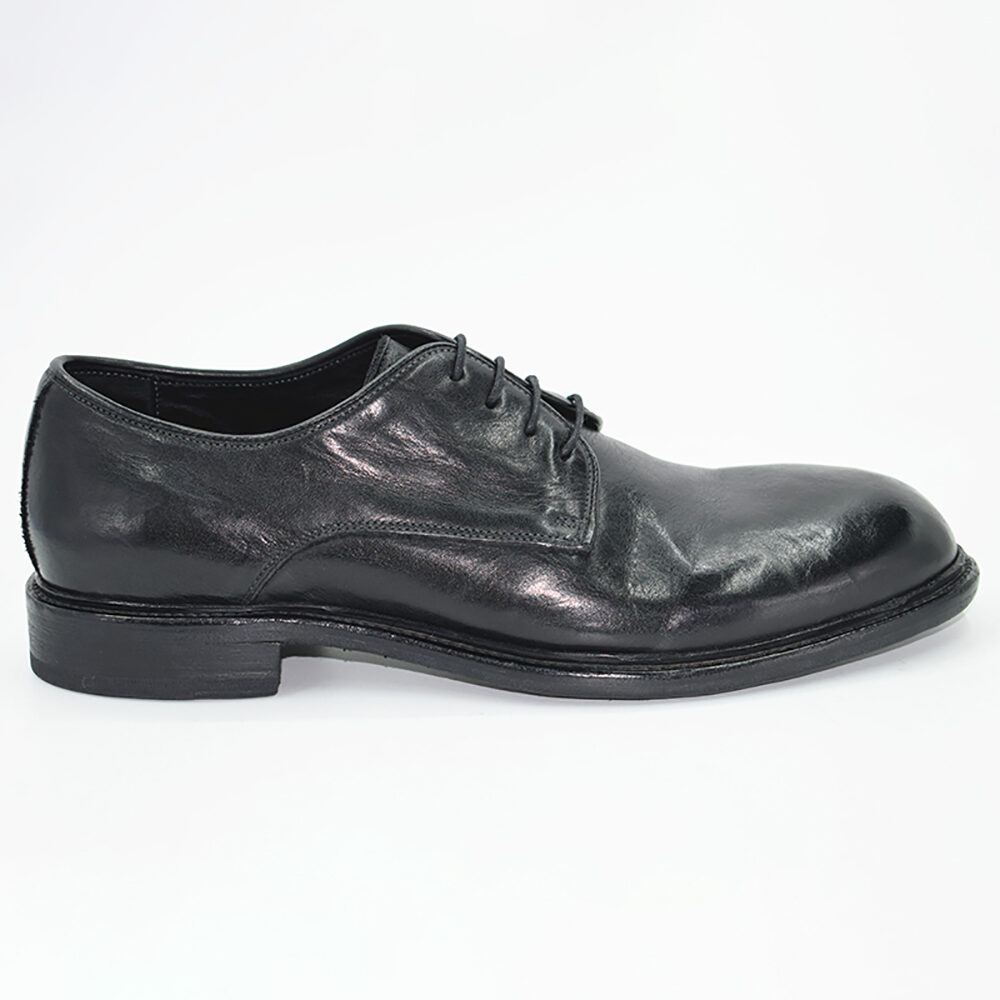

8. Purchase from Authorized Sellers of Goodyear Shoes
Avoiding scams starts at the source:
8.1 Brand-Approved Retailers
Buy from the brand’s official website or listed stockists. Cross-check physical store addresses online.
8.2 Price Red Flags
Authentic Goodyear shoes cost 300–300–600+ due to labor-intensive construction. Prices below $200 are likely fake.
8.3 Customer Reviews and Return Policies
Reputable sellers offer transparent return policies. Check for verified buyer reviews mentioning authenticity.
Bonus Tip: Seek Professional Authentication for Goodyear Shoes
When in doubt, consult experts:
- Cobbler Verification: A skilled cobbler can disassemble a sample stitch to confirm Goodyear welt construction.
- Brand Authentication Services: Some brands offer online verification via serial numbers.
Why Counterfeit Goodyear Shoes Fail to Compare
Fakes compromise on every front:
- Durability: Imitations last months, not decades.
- Comfort: Poor arch support and rigid materials cause foot pain.
- Ethics: Counterfeits often involve exploitative labor practices.
Invest in Authentic Goodyear Shoes for Unmatched Quality
Identifying genuine Goodyear shoes requires attention to stitching, materials, and brand details. By following these methods, you can avoid scams and invest in footwear that offers lifelong comfort and style. As craftsmen dedicated to this art, we urge buyers to prioritize authenticity—because true craftsmanship is irreplaceable.
Any questions pls contact custom shoes expert Whatsapp +86 13392749315 and Get the latest news and updates straight to your email inbox.


